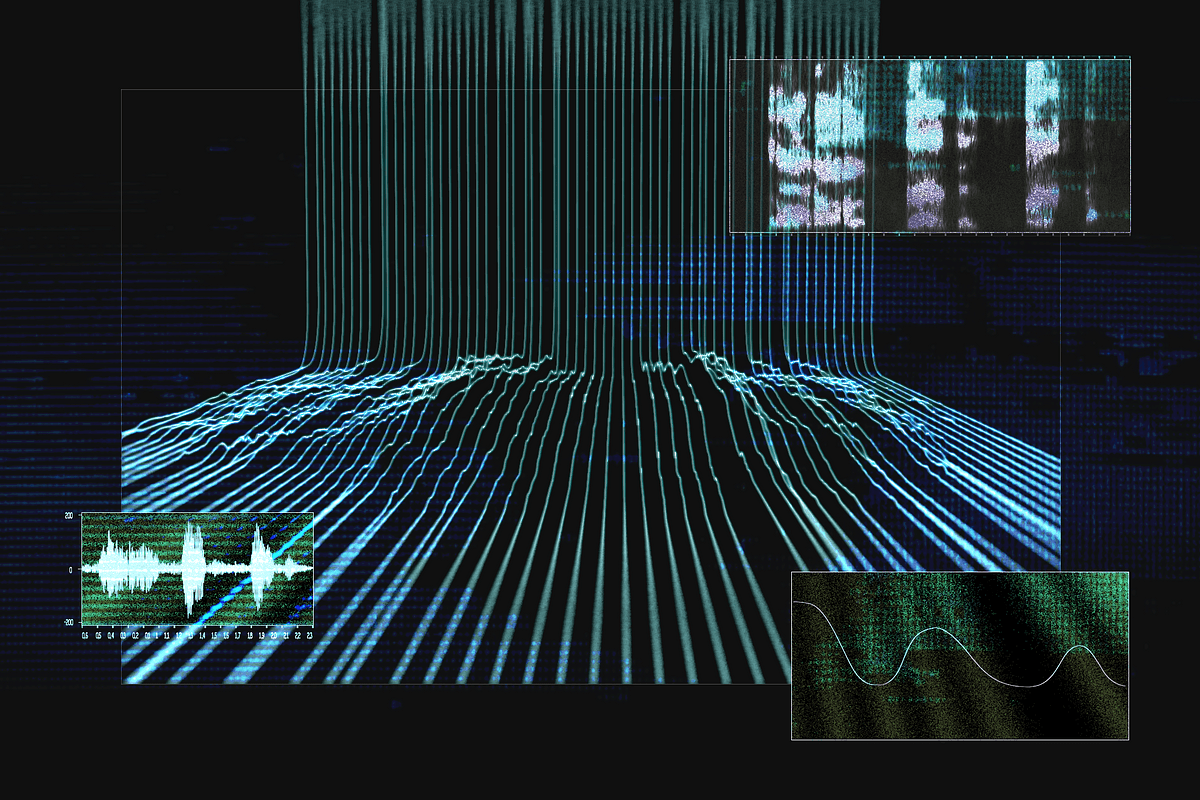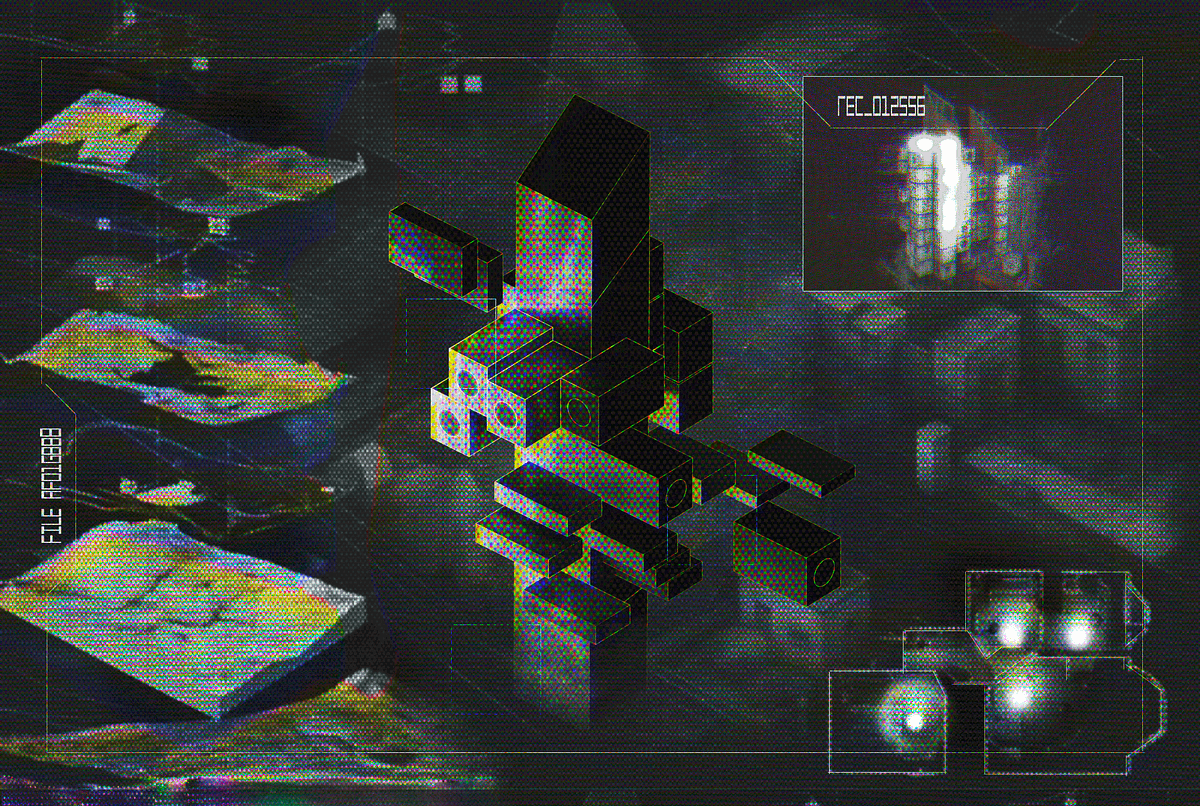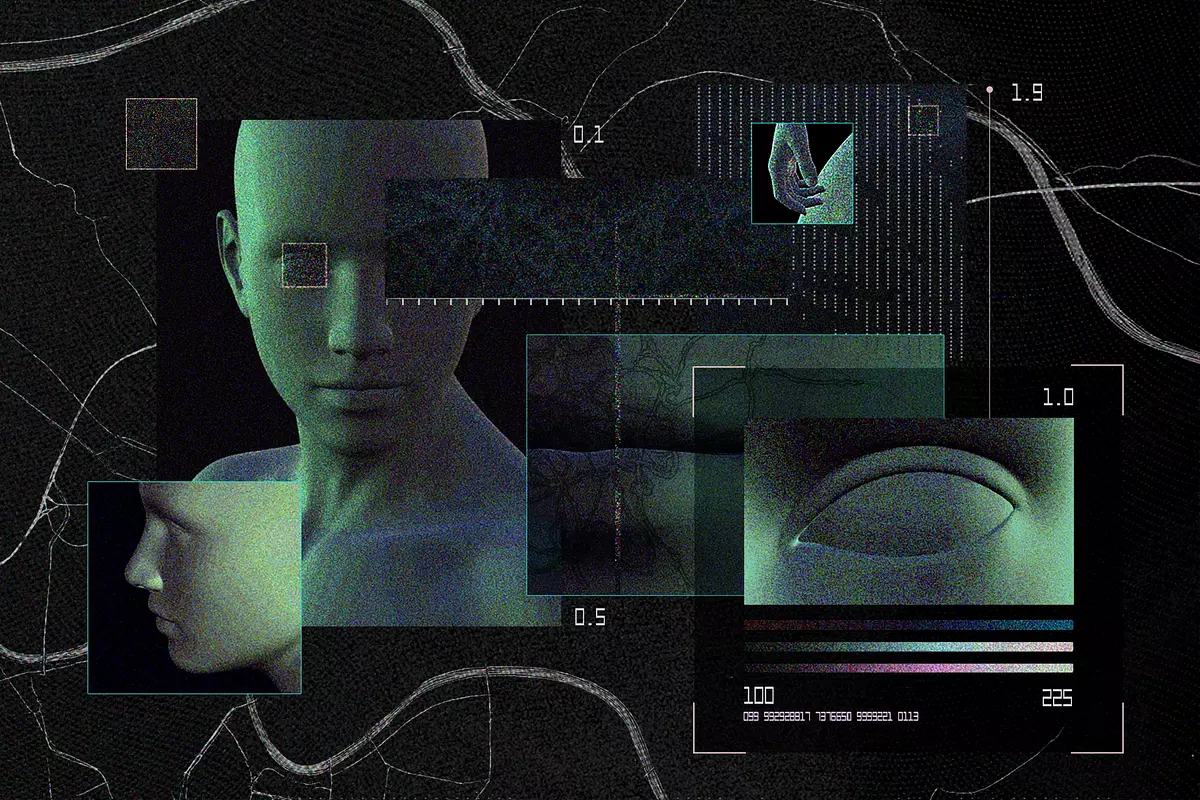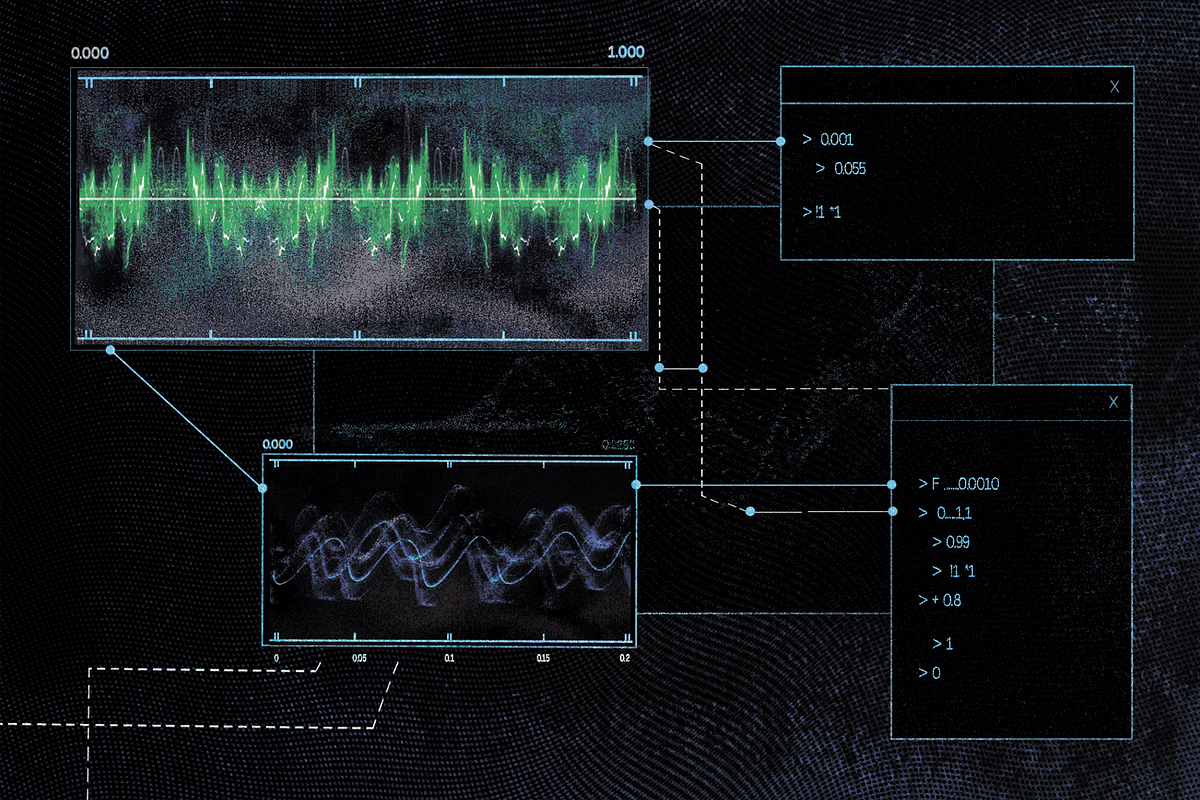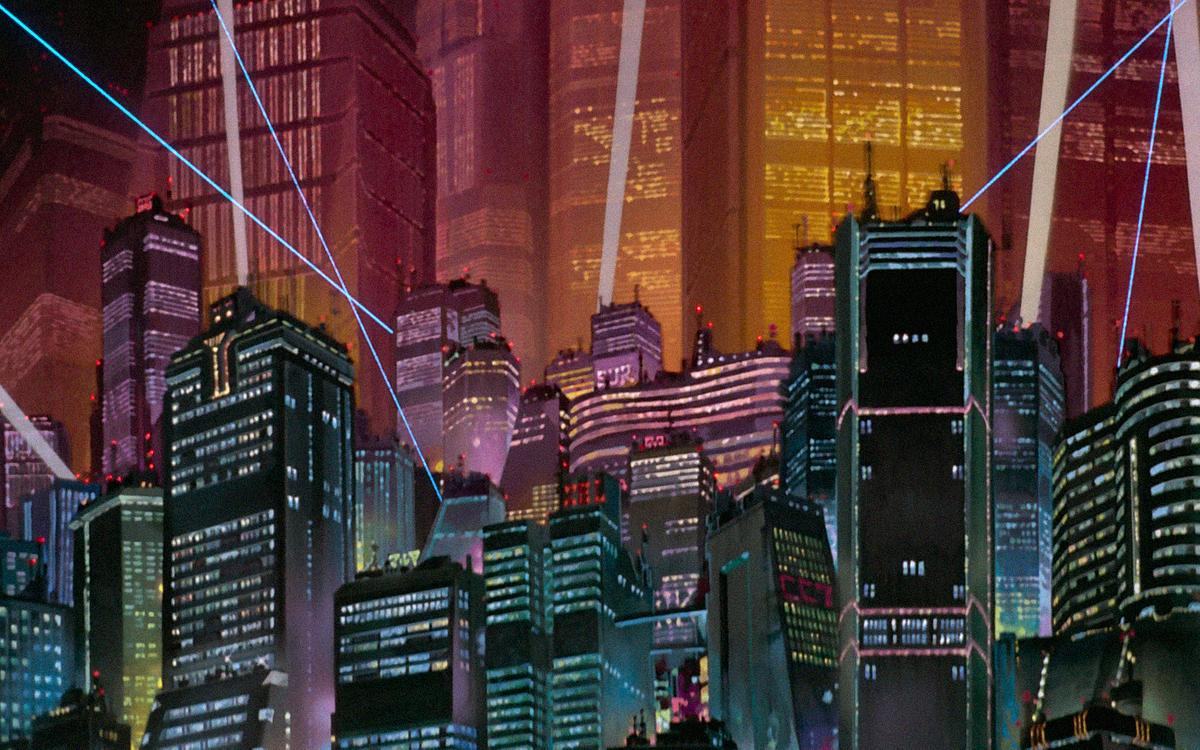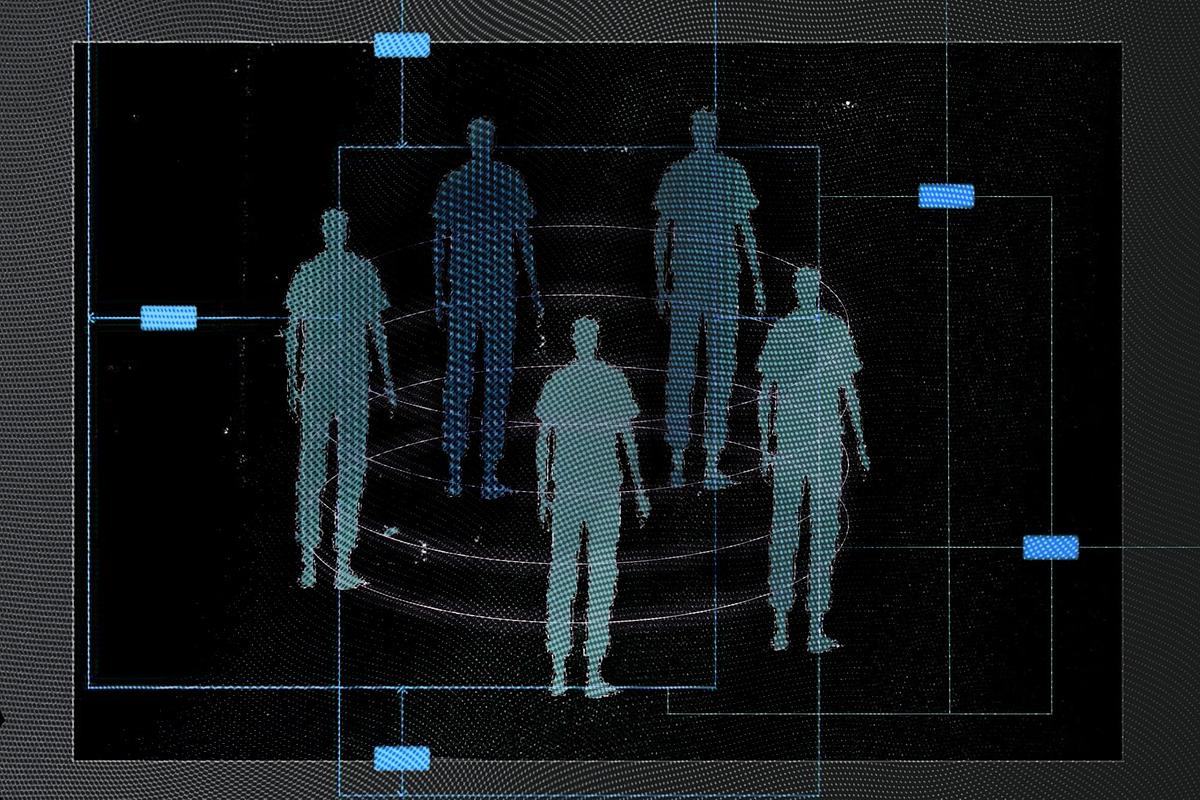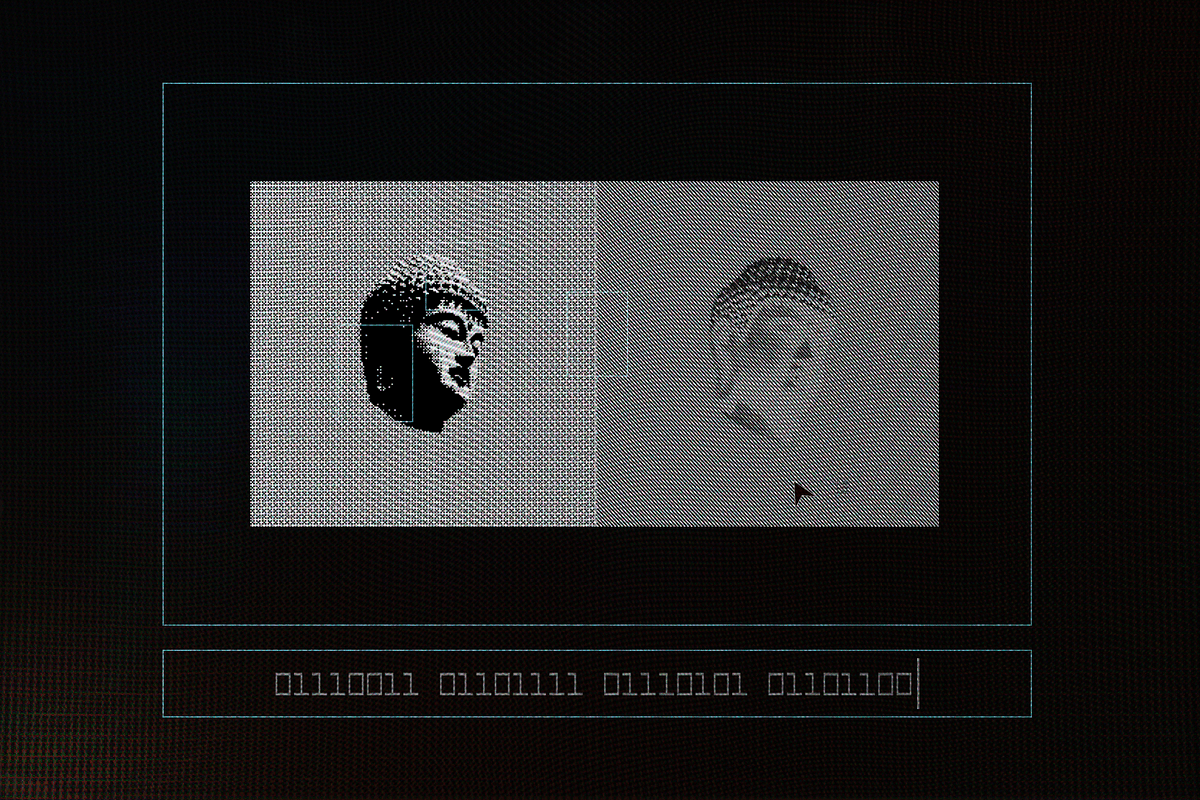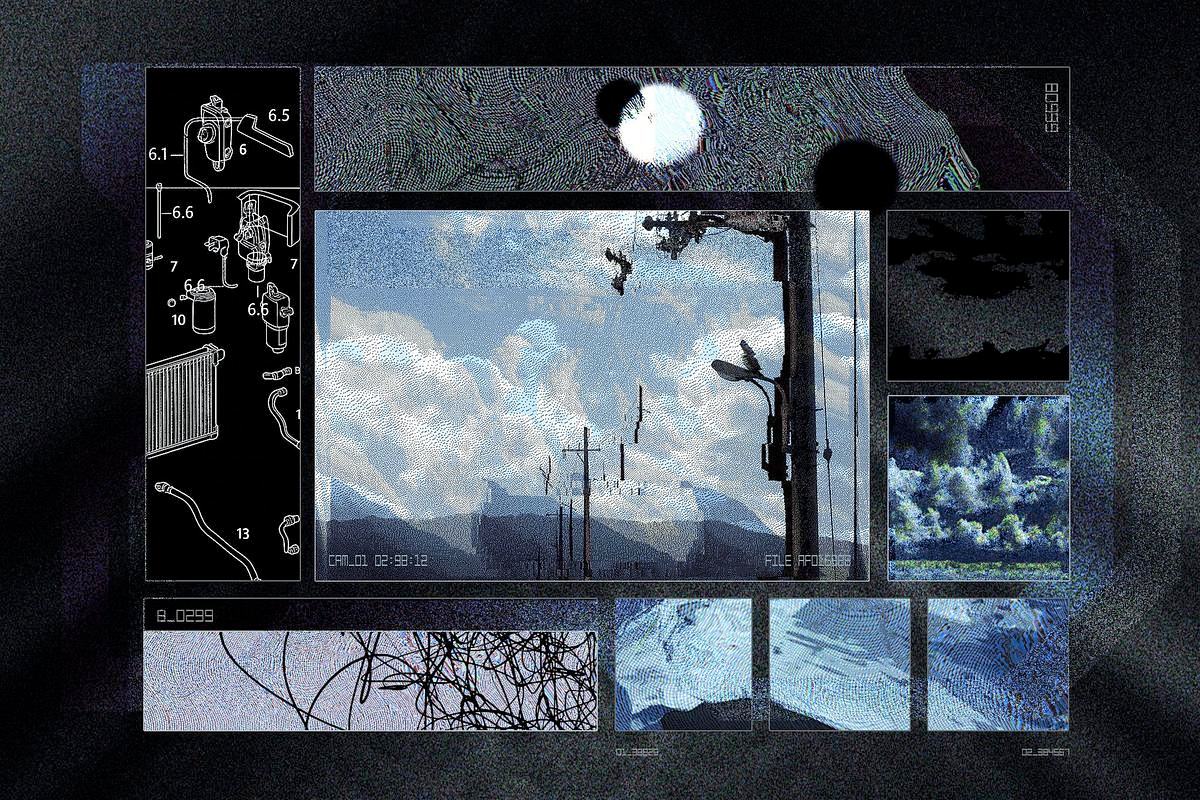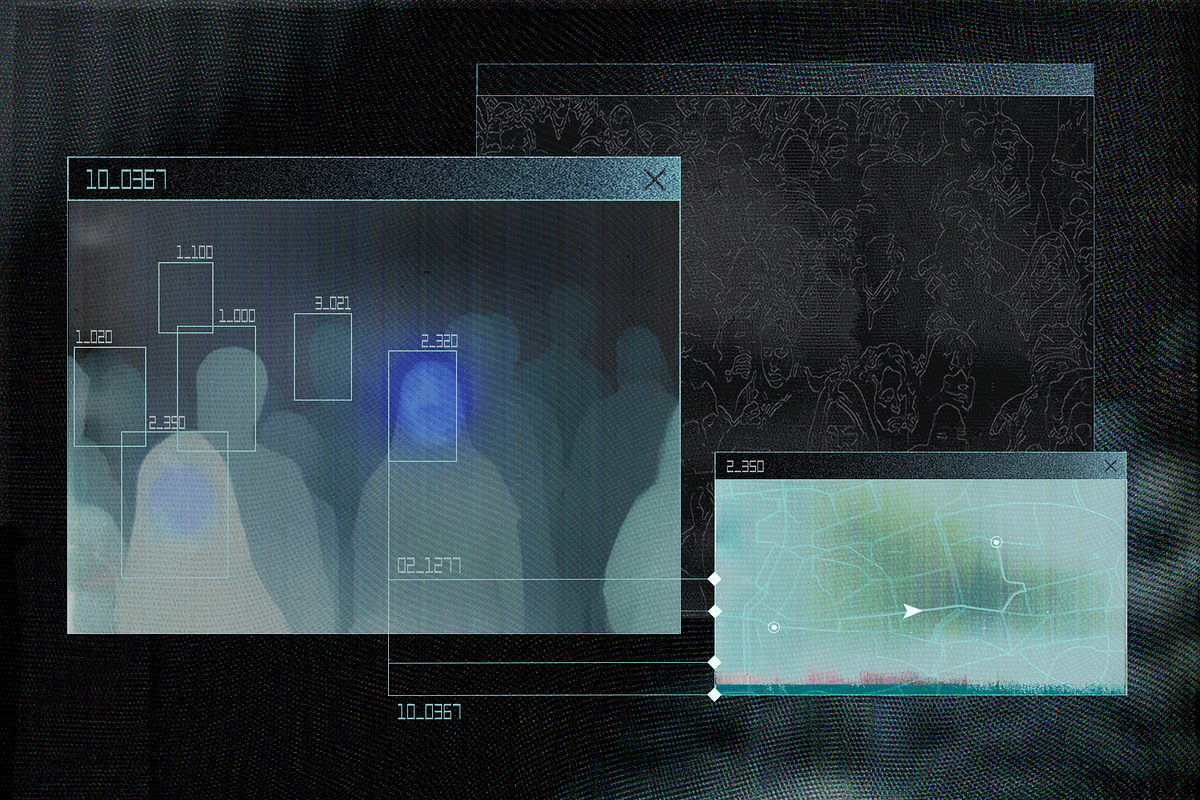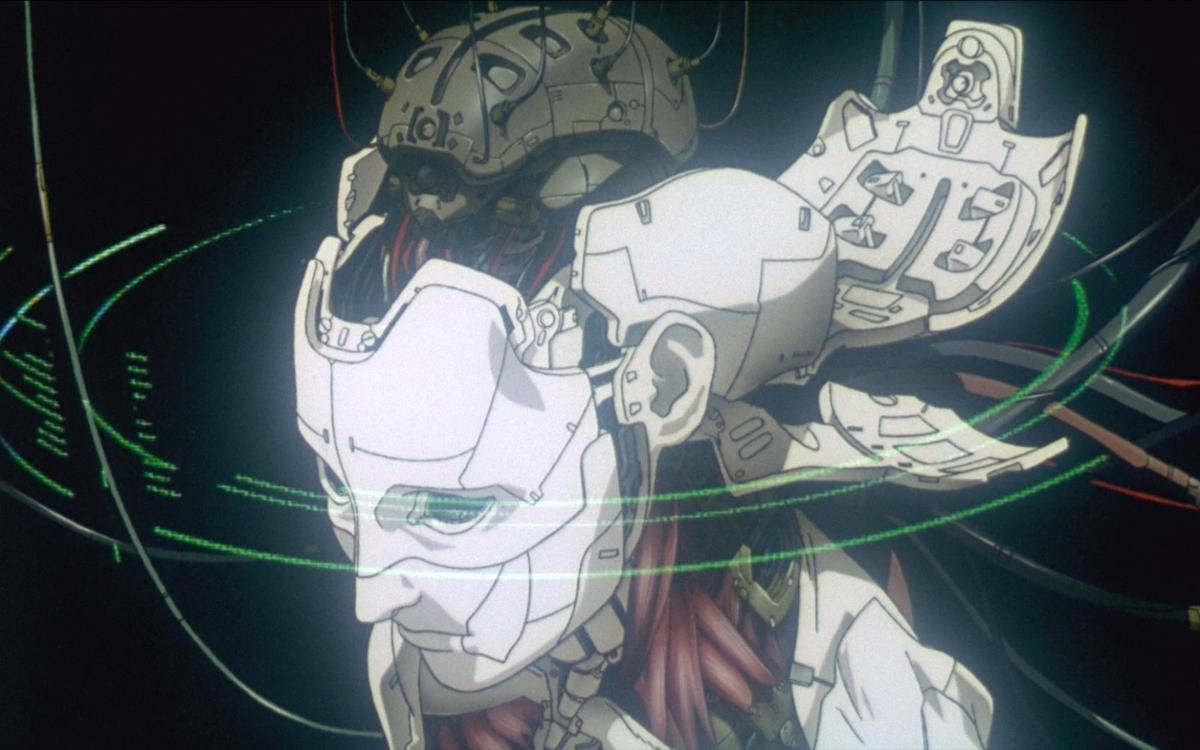
A weekend devoted to Japanese cyberpunk and its presence in our lives.
A weekend devoted to Japanese cyberpunk and its presence in our lives.
This year marks the 30th anniversary of the release of Mamoru Oshii’s animated film Ghost in the Shell (1995)—one of the most significant works in the cyberpunk aesthetic. For us, this is an opportunity to delve into the philosophy of the genre, and study how it has influenced culture and thought over the past three decades.
Illustration: Axis Collective + Maria Romanova
The ship on which Theseus and the Athenians returned from Knossos was preserved by the Athenians for a long time... As its planks decayed, they were replaced with new ones, until in the end none of the original planks remained. Philosophers debated whether it was still the same ship or had become a different one.
— Plutarch, Parallel Lives. Theseus (retold by the project’s curators)
Japanese cyberpunk emerged from the American tradition of the 1980s. But its ideas were not just inherited—they were reinterpreted and given philosophical depth, ultimately defining the visual language of the genre. Instead of expressing anxiety over the threat of machines, Japanese manga artists reflected on the nature of humanity, authenticity, and forms of interconnection with technology. In this interpretation, technology does not oppose humanity, but merges with it, erasing the boundaries between body and shell, consciousness and the Net. Japanese cyberpunk is imbued with Buddhist ideas of emptiness and the lack of a fixed self, a sensitivity to non-material authenticity, the rhythms of traditional music, and a distinct Japanese attitude to rituals, silence, and mediation.
Maybe all complete cyborgs like me start wondering this. That perhaps I died a long time ago, and I’m a replicant made with a cyborg body and computer brain. Or maybe there never was a real me in the first place.
— Ghost in the Shell (dir. Mamoru Oshii, 1995)
The weekend’s programme is built around the disappearance of the subject as a central theme of cyberpunk. The dissociation of human beings from their bodies, the decentred city, inner voices instead of facial expressions—we will study how the transhumanist ideas of Japanese cyberpunk silently inhabit architecture, fashion, design, and our very perception of the self in the digital age.
Curators
Galina Luppo, Maxim Starichkov, Kirill Yanovsky, Ladomir Zelinsky, Polina Zotova
Assistants
Iliya Komisarov, Nadezhda Prokhoshina
Producers
Kira Berman, Olga Koroleva, Mikhail Yatskov
International relations department
Anastasia Gvozdeva, Anastasia Petrova
25 Oct, Saturday
When: 14:00–15:00
Where: Central Platform
An opening lecture for the weekend by curator Kirill Yanovsky.
When: 15:00–17:00
Where: Right Platform
A listening session of the Kankyō Ongaku collection and a conversation between curators Ladomir Zelinsky and Maxim Starichkov with composer and sound artist Vlad Dobrovolsky.
When: 17:00–18:45
Where: Central Platform
A conversation between artist and science art curator Dmitry Bulatov and philosopher and Buddhism scholar Anton Bezmolitvenny on the nature of consciousness, the future of art, and cyborgs.
When: 19:00–21:30
Where: 3 Floor Classrooms
Film screening and discussion with Nastya Kasatkina.
When: 19:00–21:00
Where: Small Vaults
Bodily practice with Igor Khalizev at the intersection of contact improvisation and traditional Japanese martial arts.
26 Oct, Sunday
When: 12:00–16:45
Where: Right Platform
Sunday workshop with Fedor Hiroshige.
When: 14:00–15:00
Wher: Playhouse
Performance of the film soundtrack with orchestra and amateur choir conducted by Kenichi Shimura.
When: 17:00–18:30
Where: Central Platform
A lecture by Zarina Abacheva on the architectural utopias of the Metabolists, visual motifs in anime, and digital anti-utopian cities.
When: 19:00–21:30
Wher: Playhouse
Film screening and discussion with Kirill Yanovsky and Sergei Sergienko.
When: 19:00–21:00
Where: Small Vaults
Vocal practice with mediators Maria Lagerfeld, Kristina Zhmulina, and Mayuka Okada.

